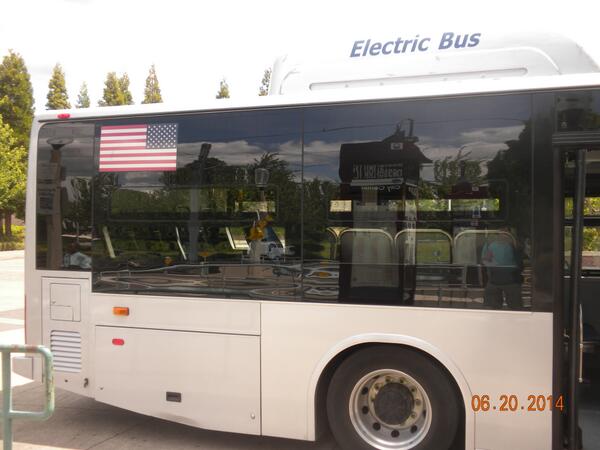Several of my fellow EV advocates have made grand predictions about "the big" breakthrough. How it is just around the corner and it will launch EVs and they will quickly take over. While that would be nice, things tend to happen more gradually. So if it won't be a breakthrough and a flood, what might the transition to plug-in vehicles look like?
Breakthroughs, large and small, can and do happen. However, even when big breakthroughs occur, technology does not immediately disseminate to everyone. The technology has to evolve, become easier to use, more accessible, and move through the technology adoption lifecycle.
The chart below shows the adoption of recent technology examples like the internet and smartphones, as well as older examples including electricity, telephones, and washing machines.
So how long will it take for plug-in cars to dominate the roads? Anytime you look to the future and make a prediction on this scale, two things are guaranteed: one, you are making a lot of assumptions; two, you will be wrong.
Here are a few of my assumptions:
- Energy storage technology will continue to gradually improve
- Gasoline will not simply run out one day, but it will get more expensive
- Fuel cells, CNG, and other alternatives will remain niche markets
- The combination of car sharing and population growth will result in the total number of cars on the road remaining relatively constant (this one just simplifies the math, but, hey, it could happen)
- We won't all be living in Waterworld or Bartertown in 20 years
We know the recent history of plug-in vehicle (PEV) sales for 2011-2013. They were 0.14%, 0.37%, and 0.62% of the passenger car market, respectively. This is a good growth rate, but it is still less than a 1% market share. Such a small sample set makes it difficult to know what market share PEVs will have in 5 years, let alone the next 50.
Hybrid car sales started in the U.S. in 2001 and more than a decade later they have not gotten much more than a 3% market share. If plug-in cars did the same, they wouldn't be disruptive and this wouldn't be a very interesting exercise. So, I will make the assumption that PEV sales will continue to grow quickly: I'll use the following successful adoption curve:
In this model, PEV sales cross the chasm to the mass market during the '20s (2020s that is). PEV sales continue to grow in the '30s and '40s. In the '50s the growth rate slows after dominating the mass market. Now only the laggard buyers remain. By the '70s nearly every new vehicle sold plugs in.
“
|
|
PEV sales cross the chasm during the '20s (2020s that is).
|
“
| |
Although it will be a rare sight, 100 years from now, you might be able to spot the occasional ICE vehicle on the road.
|








































